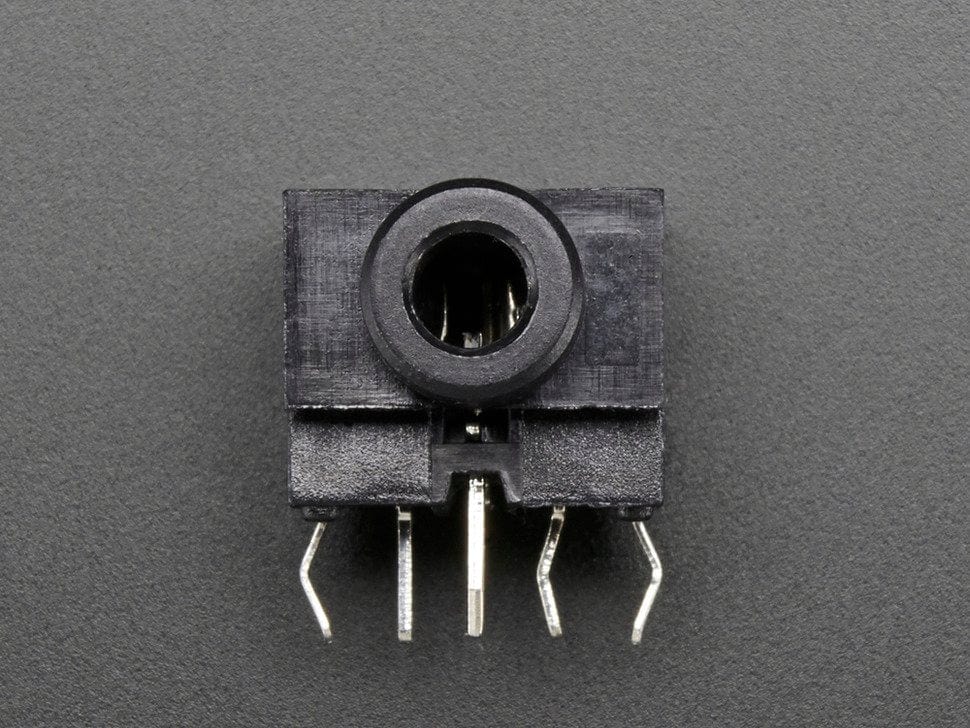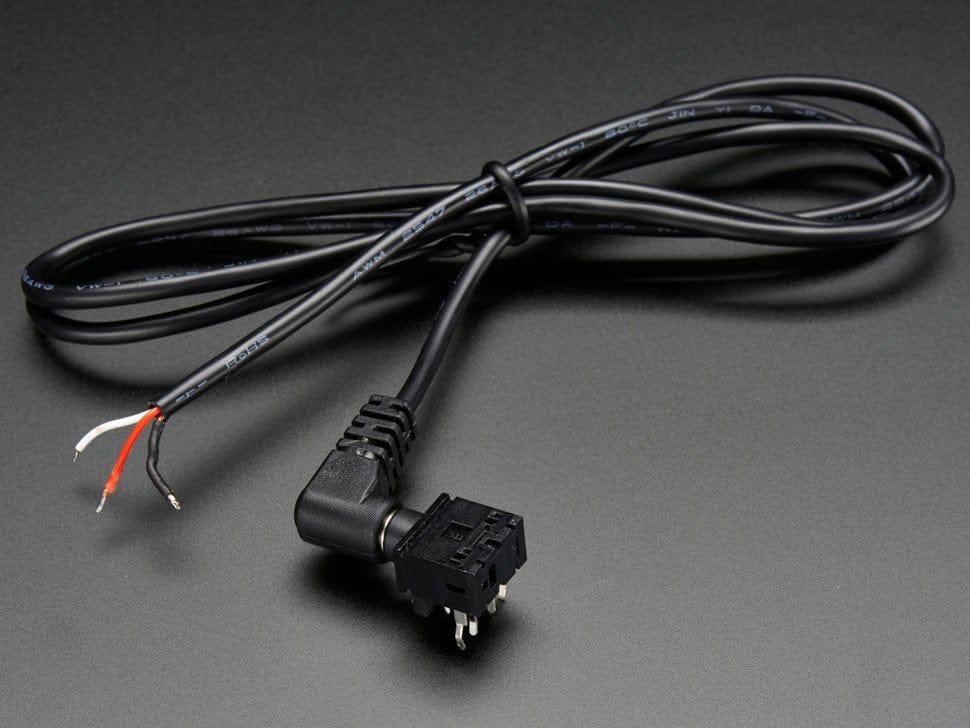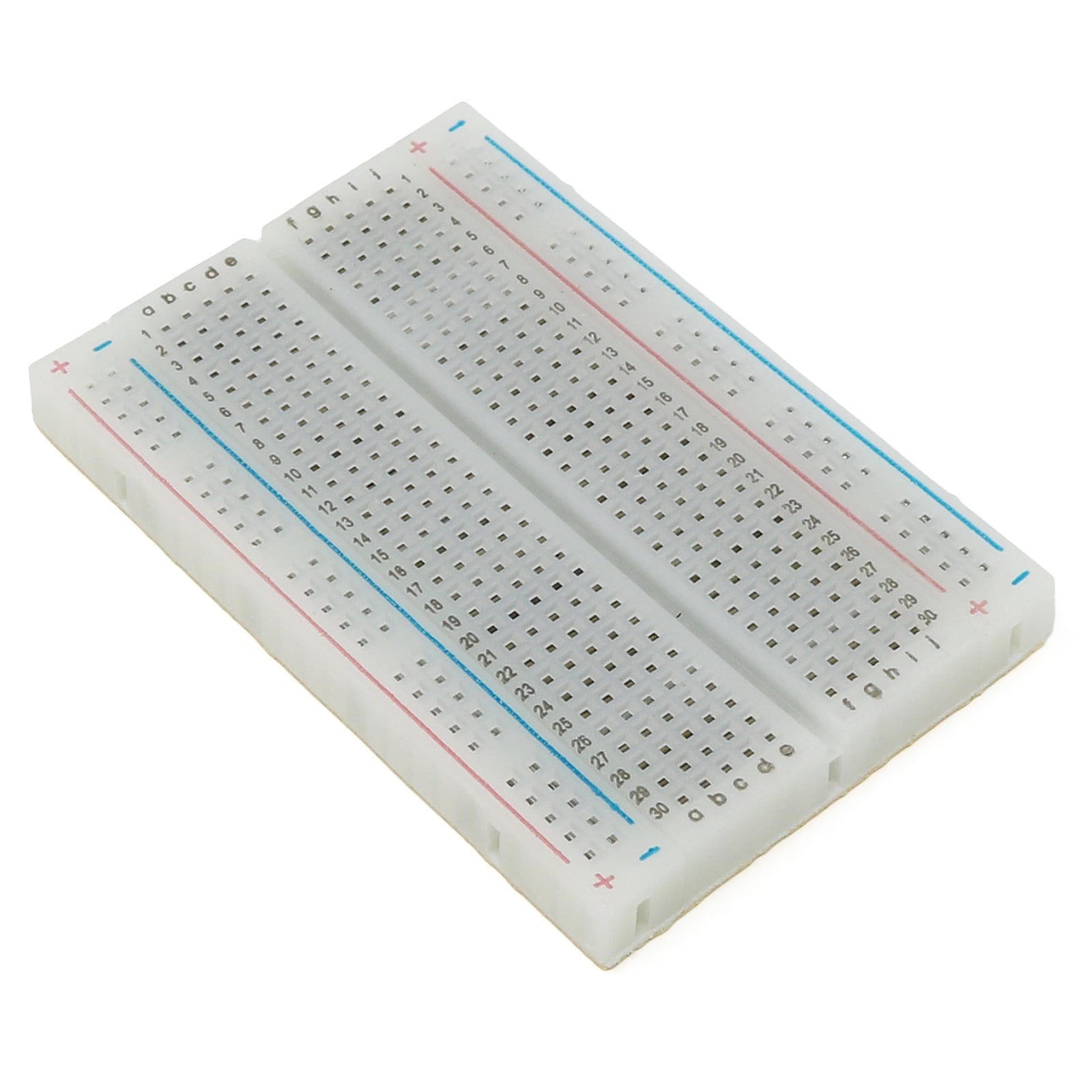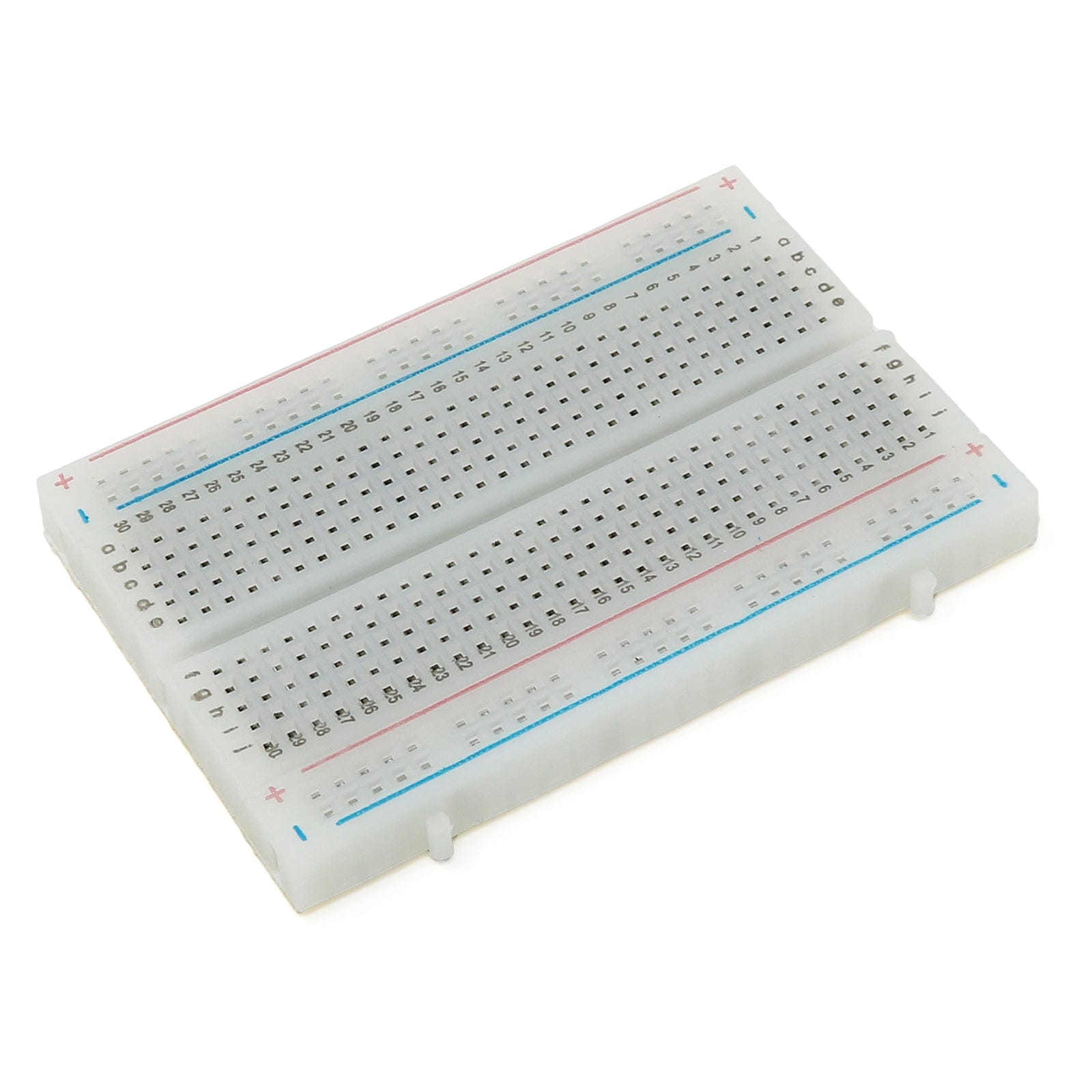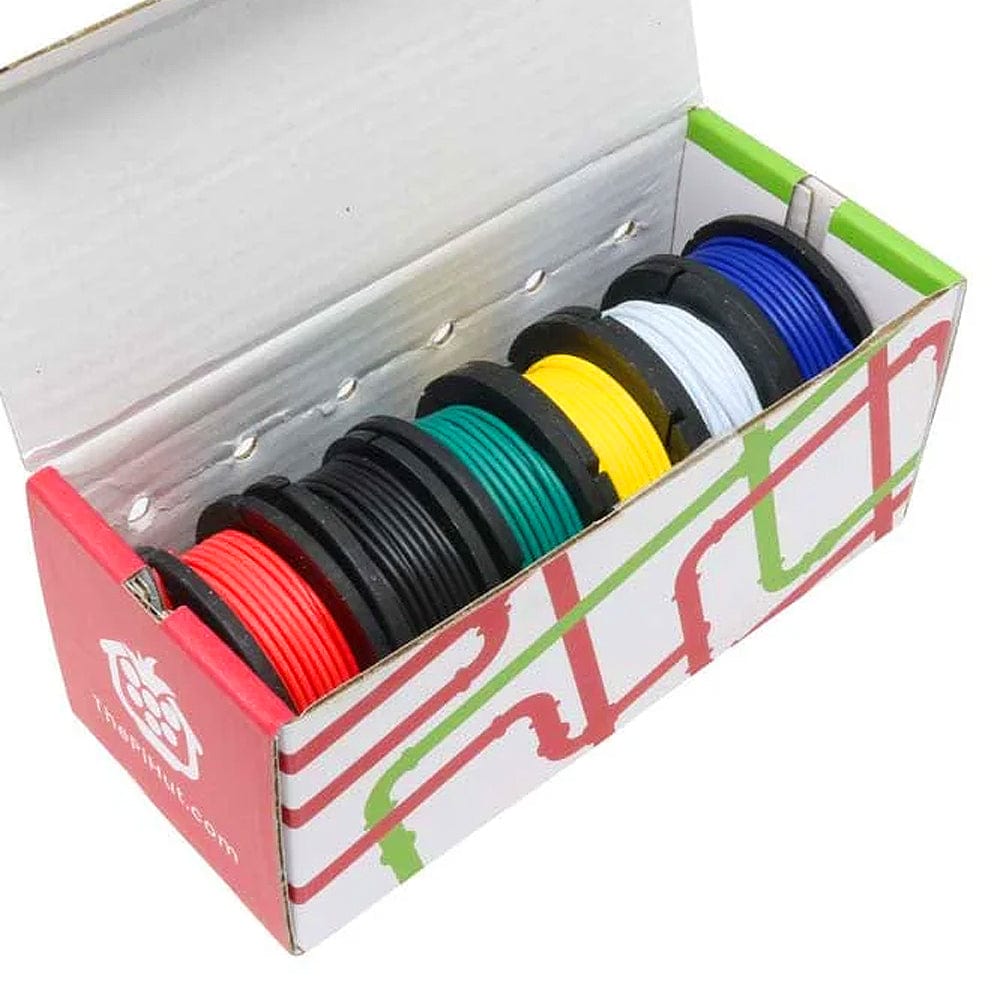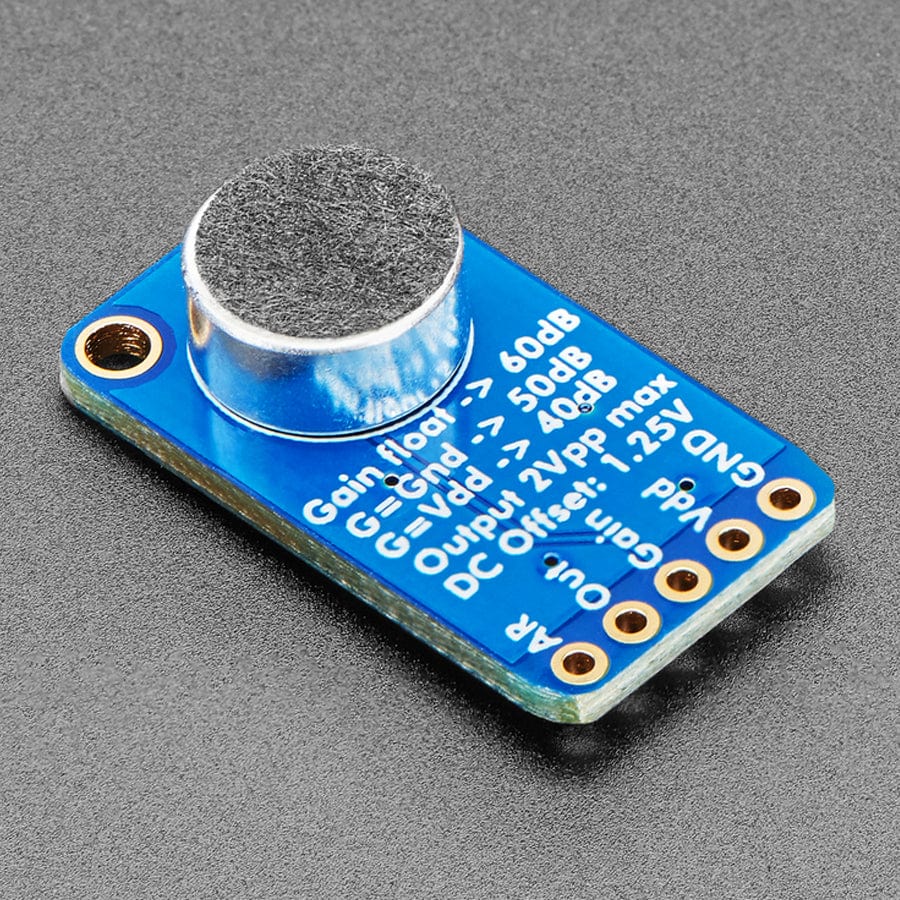
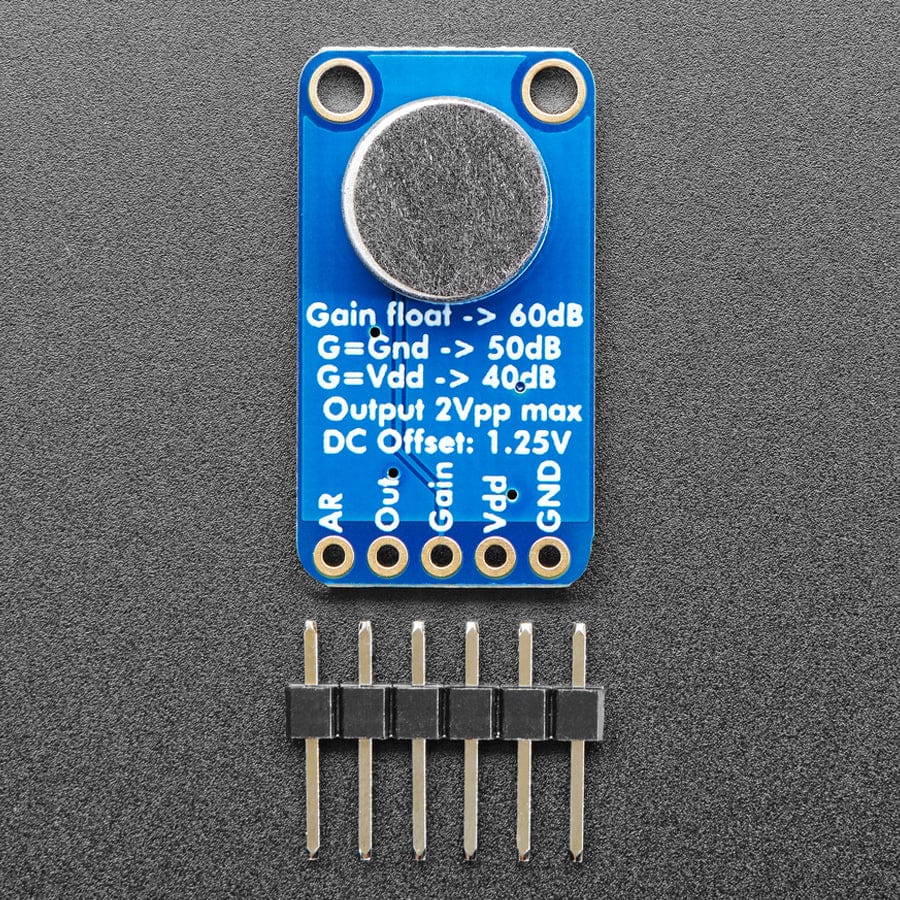
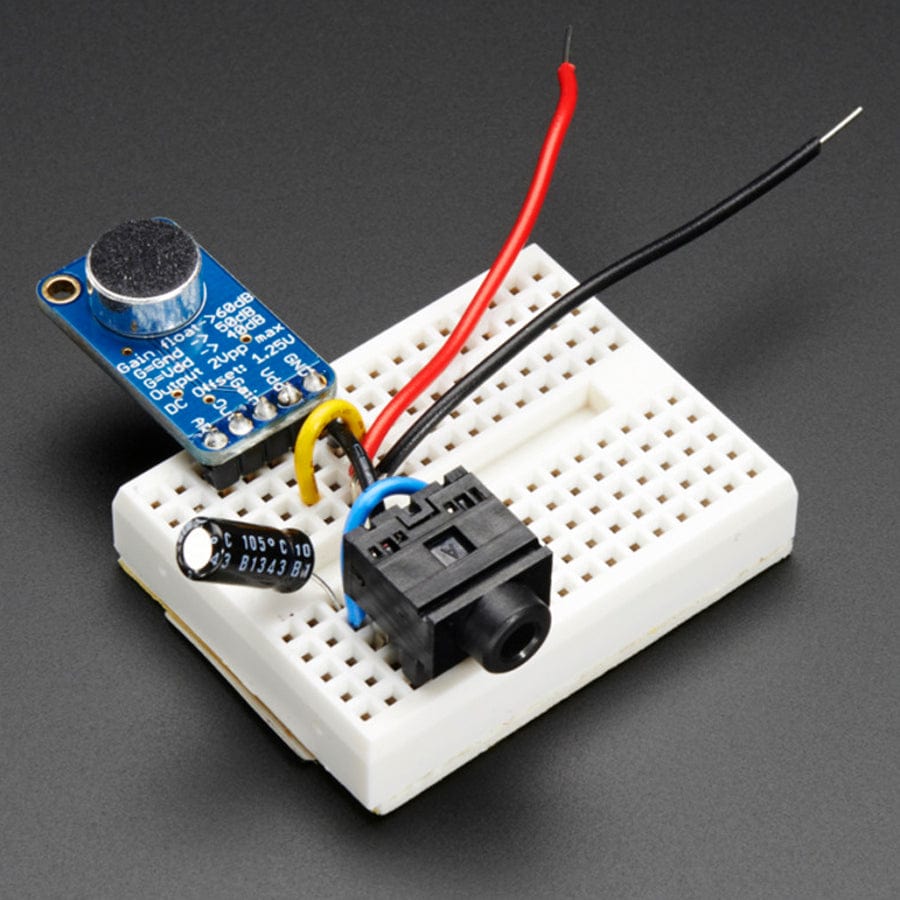
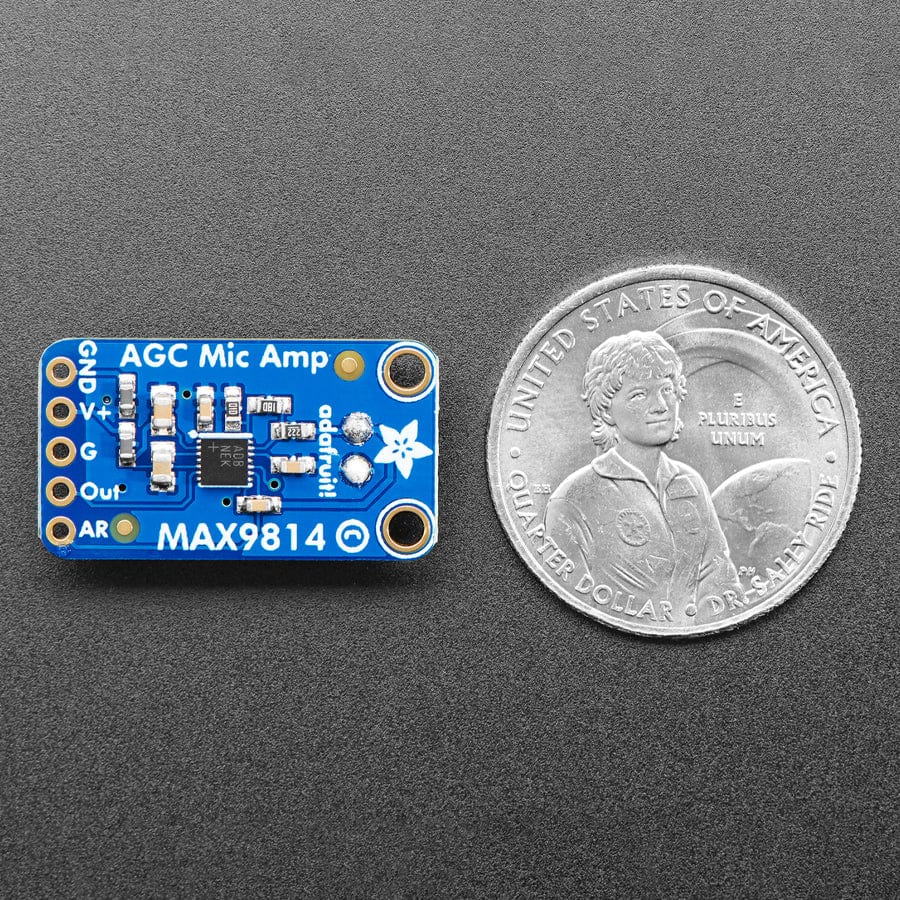
Login / Signup
Cart
Your cart is empty
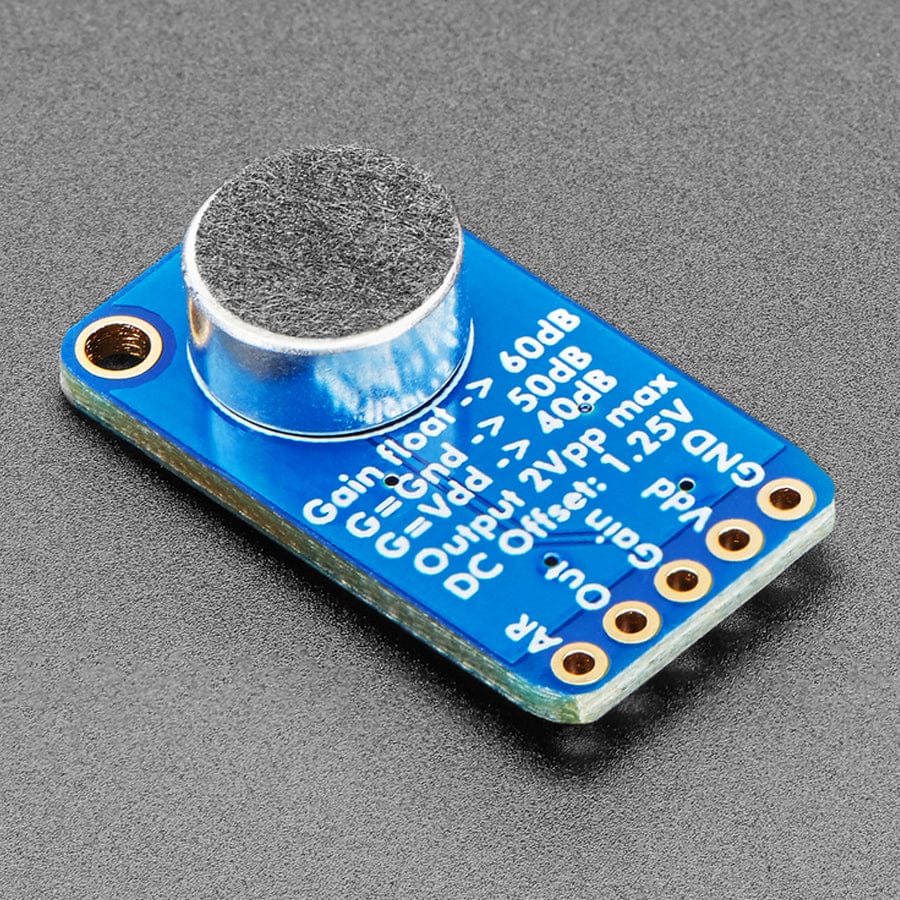
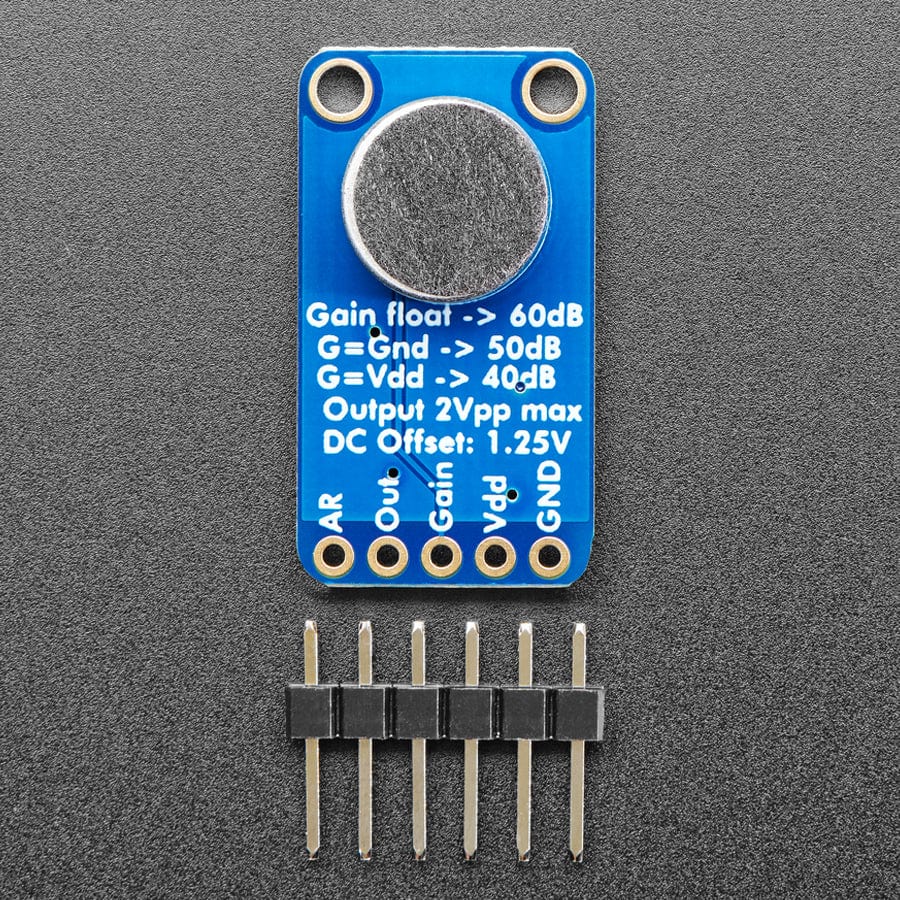
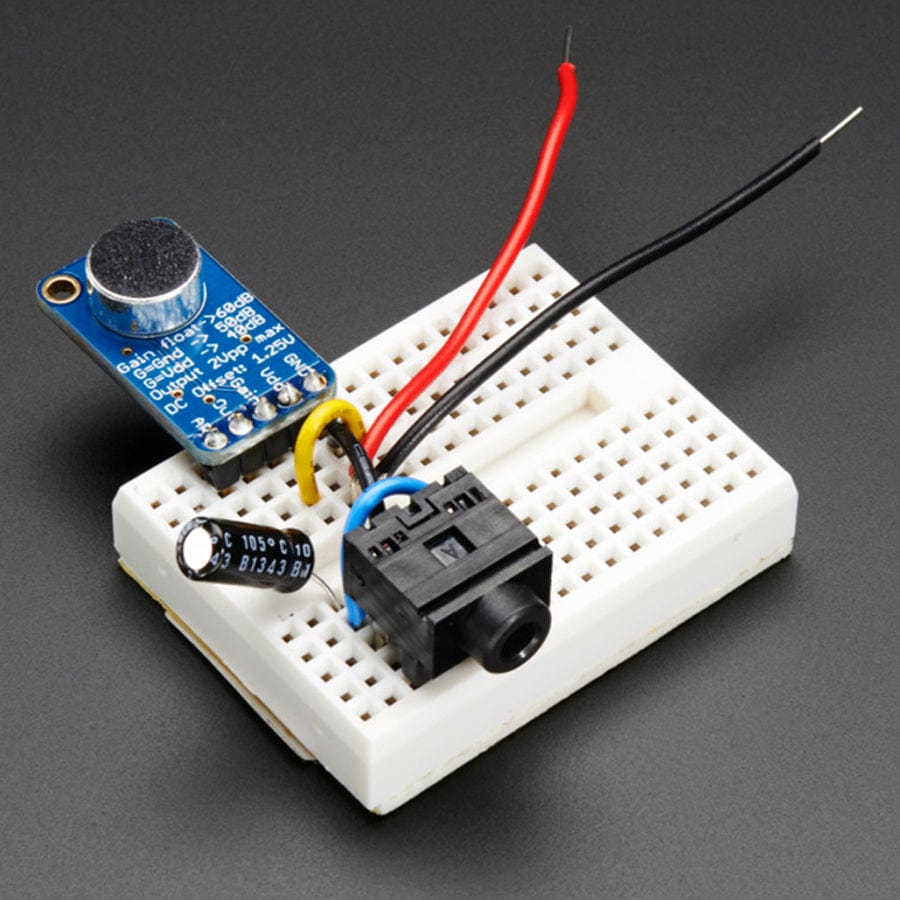

Add an ear to your project with this well-designed electret microphone amplifier with AGC. This fully assembled and tested board comes with a 20-20KHz electret microphone soldered on. For the amplification, we use the Maxim MAX9814, a speciality chip that is designed for amplifying electret microphones in situations where the loudness of the audio isn't predictable.
This fancy microphone amplifier module is a step above the rest, with built-in automatic gain control. The AGC in the amplifier means that nearby 'loud' sounds will be quieted so they don't overwhelm & 'clip' the amplifier, and even quiet, far-away sounds will be amplified. This amplifier is great for when you want to record or detect audio in a setting where levels change and you don't want to have to tweak the amplifier gain all the time.
The chip at the heart of this amp is the MAX9814 and has a few options you can configure with the breakout. The default 'max gain' is 60dB, but can be set to 40dB or 50dB by jumpering the Gain pin to VCC or ground. You can also change the Attack/Release ratio, from the default 1:4000 to 1:2000 or 1:500. The output from the amp is about 2Vpp max on a 1.25V DC bias, so it can be easily used with any Analog/Digital converter that is up to 3.3V input. If you want to pipe it into a Line Input, just use a 1-100uF blocking capacitor in series (100uF sounds best).
For audio-reactive projects, we suggest using an FFT driver library (such as the one in this library) which can take the audio input and 'translate' it into frequencies. If you just need to keep track of audio levels, see our sound-level meter tutorial for Arduino
Each order comes with one assembled and tested board, with an electret mic pre-soldered on, and a small piece of header. Our tutorial will get you started with using and testing the microphone amplifier and you can check out our general-purpose microphone amplifier tutorial for other project ideas and code.
Note: Breadboard, cables and other parts are NOT included





